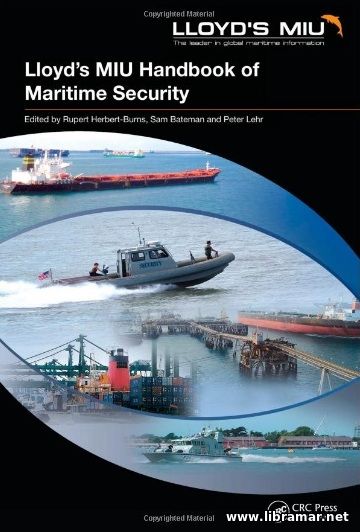 There were numerous significant changes that occurred to the global maritime security; while some of these changes were necessary and even overdue, others did result in the situations where beneficiaries were the providers of the security services and associated equipment.
And against subject background, this publication is setting out to provide the reality check, bringing together a broad range of various perspectives of the critically important maritime issues collected from all parts of the world. The book contains chapters exploring the operational and also legal realities of the maritime security measures implemented straight after 9/11. The publication is mainly aimed at the people having serious interest in various dimensions of the newly introduced maritime security measures.
Above mentioned interest may be a general interest in the field of maritime security or a specific interest, for example ones directly relating to the implementation of ISPS Code, executing the practical security measures both in ports and at sea, or in the assessment of the potential security risks and threats treated as inherent in the realm of today's international shipping. The author of this volume strongly hope that the readers of all categories will find something of professional interest for them in the present document.
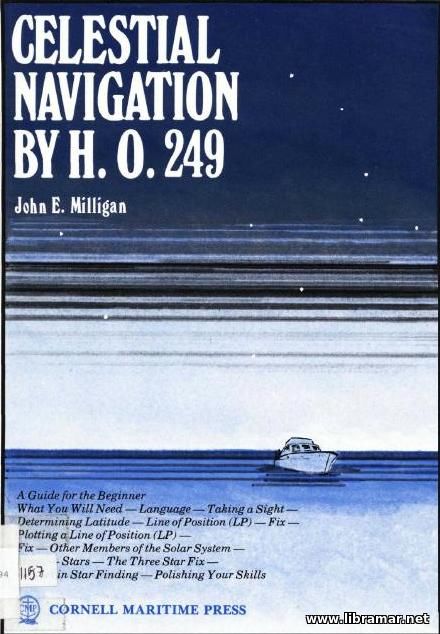 This is a basic publications released to introduce the beginners to the navigational tools and vocabulary as well as to the established and effective celestial navigation techniques. In the list of the recommended navigational instruments are the H. O. 259 tables which are in a very wide use among the amateur marine navigators owing to their simplicity and ease of use.
In fact, there are no pre-requisites for using this book - the readers are only expected to be able to read, add/subtract, understand the angles and know how to use the protractor. Al sailors will for sure enjoy this volume, regardless of their experience - the content of this classic book will definitely be equally useful and interesting to everyone from armchair-navigators to the racers and circumnavigators. The celestial navigation, i.e. steering by the stars is the art perfected by the seafarers of ancient Polynesia navigating over thousand years before Europeans.
The book covers all important aspects of celestial navigation, including required equipment, language and taking a sight, line of position and plotting it, fix, determining the latitude, moon and starts, three-star fix, start finding, polishing the celestial navigation skills etc. Three appendices presented at the end provide readers with the table of formulas, and list of abbreviations and symbols commonly used in celestial navigation.
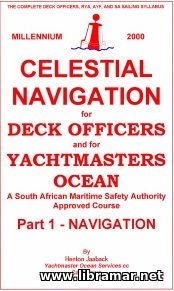 Two books making this RYA training set contain all required materials. The content of the first book is arranged in two parts; the chapters of the first part cover the sextant, the meridian passage sight and non-meridian passage sight logic, spherical/PHZ triangle, plotting the position lines, position fixing, planets, Moon and stars, the Pole Star, compass checking and Great Circle Sailing plus valuable tips on practical use of the sight reduction tables.
The second part of the same book address the meteorology including synoptic charts, berg winds and fog prediction, weather bulletin schedule, passage planning/making, systems of satellite navigation. In addition, it contains the solutions to the examples and extracts taken from nautical almanac and sight reduction tables.
The second book of the set continues with the meteorology, additionally covering the coastal effects and weather picture, air masses and winds, clouds and fog, occlusions and storms, navigation areas and revolving storms, plus the list and explanation of the terminology in use and instructions on preparation of the synoptic charts, weather forecasting, thunderstorms, plus several appendices addressing the inversions and fog prediction, berg winds, and also containing the synoptic charts for different regions. General explanation of the satellite navigation systems has also been provided.
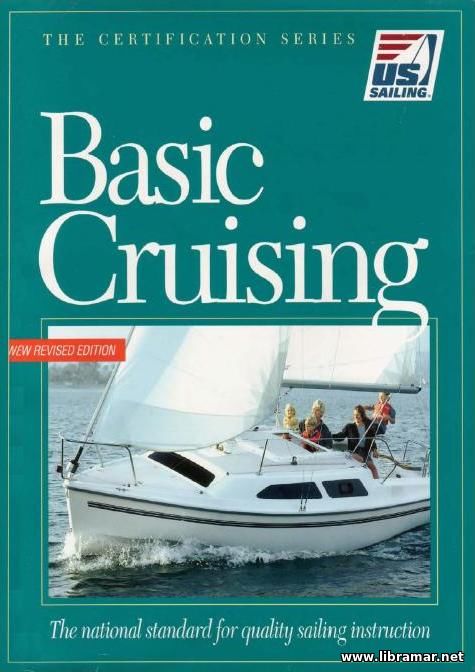 The publication is second in the series of the sailing textbooks providing interested readers, especially beginners to boating and yachting, with all technical information they are to possess about mastering keelboats and sailing. As per the reviews by the readers, it is really a pleasure to use this volume. The content of the publication opens the doors to the new and exciting world and is offering the information considered essential for the safe, enjoyable and comfortable sailing.
The volume is highly recommended to the people with the interest in sailing, particularly to the new sailors wishing to learn how to sail using the established and time proven methods that have been developed by the world recognized cruising experts. The declared concept of these publications was to provide readers with what they need to be aware of at each stage of the training associated with their on-the-water experience.
Once the readers have successfully mastered the very fundamentals of handling keelboats presented in this Basic Keelboat course, they should keep progressing with the Basic Cruising course to get into much more advanced areas and refine the cruising skills they already have plus learn new skills, for example anchoring the boat and intro to piloting. People who have satisfactorily completed the course and apply their knowledge on the water, will be able to take the small boats on their own and command a crew...
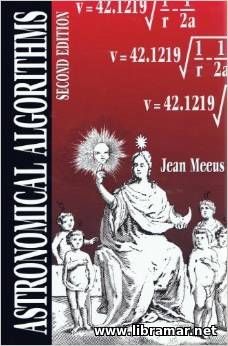 This volume is an excellent source of practical guidelines intended to be of use for the engineers, programmers and scientists who require to be dealing with the astronomical predictions or associated calculations. The readers are actually expected to have some mathematical knowledge, more than a basical, therefore this is not the best choice for the beginners.
This cookbook of algorithms provides a huge number of numerical problems commonly coming up in astronomy. The content makes it easy for the readers to use the presented algorithms for coding. Note that you will have to study more than just one chapter of this volume to get full understanding of the astronomical problems because none of them is easy.
The author has focused on the classical math astronomy, though he has also dealt with some of the astronomy-oriented math techniques, for example fitting curves and interpolation, data sorting etc. Astrophysics has not been addressed. Obviously, not all topics of math astronomy can be covered in a single volume so the decision was made by the author to select most important and useful ones for the inclusion in his work. The material is explained in a very clear and precise way helping reader to understand the algorithms.
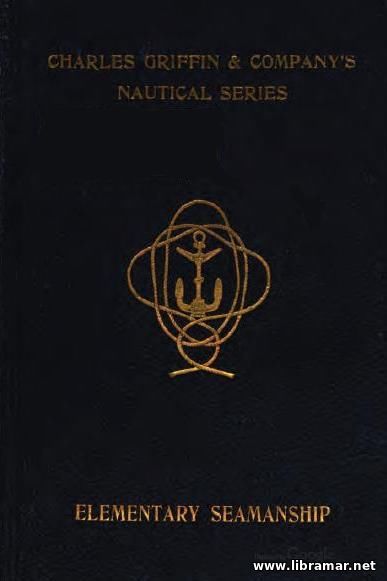 The present edition of the Manual has been significantly revised and its content has been seriously updated in order to keep it in line with the latest happenings in the field. It now includes all materials of the Rules of the Road that shall be learnt by heart by all people preparing to sit for the Board of Trade exams.
The seamanship itself is treated as the art of handling a vessel together with all equipment and crew members, including the navigation and pilotage matters, procedures for the ship anchoring, cargo gear arrangements, collision avoidance, etc. The theoretical basis of for the seamanship lies in physics and mathematics.
In the real life, nerve and professional judgment and, what is most importance, the practical experience are making the capable seamen. Numerous informative illustrations have been added to the text of this updated release of the volume, plus photographs.
This little yet quite comprehensive book may serve as the introductory one for the beginners and in fact it is not pretending to complete their education or supersede their practical training. In short, seven major parts of the book cover the ship construction, ropes and splicing, rigging and anchoring arrangements, sail making, fore-and-aft sailing, mechanical appliances, signaling and other relevant information.
|





